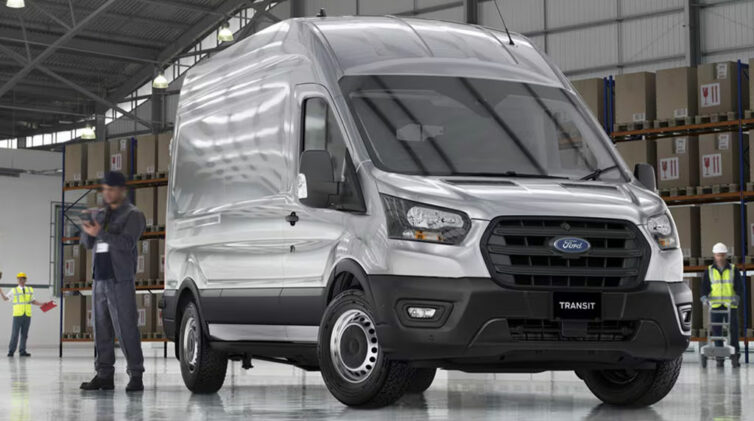The Truck Industry Council (TIC) this week reported that it was “no surprise” that the weakening in truck sales accelerated in March as all segments recorded double-digit percentage losses compared with a year ago.
TIC CEO Tony McMullan said the Australian new-truck market was already tracking downward in 2020 before the global escalation of COVID-19 over the past few weeks.
“There is little doubt the worst is yet to come for our economy generally as well as for truck sales,” he said.
“The further decrease in sales that we have observed in the heavy- and medium-duty truck segments in March may well be the onset of this economic downturn, though most sales in March would have been set up in the preceding months with trucks delivered against existing customer orders.”
Mr McMullan said the outlook is gloomy.
“I believe that possibly April sales, but particularly May and June numbers will give a better indicator of the, no doubt, tougher times ahead,” he said.
“However, for those wishing to purchase a new truck, I am assured by all Truck Industry Council members that it is business as usual, or as usual as it can be given the required social constraints.
“Vehicle stocks currently in Australia are good and any closures of local truck manufacturing facilities will be brief and ongoing supply of trucks should not be affected in the foreseeable future.”
In March, the heavy-duty (HD) segment took the bulk of the knocks with only 852 heavy trucks sold, down a significant 28.2 per cent (or 334 trucks) on March 2019 results, the TIC figures showed.
At the end of March – and the first quarter of 2020 – HD sales are down on the same year-to-date data from 2019 by 23.9 per cent (696 trucks).
“In fact, the first quarter 2020 HD truck sales result of 2220 units was worse than the immediate post global financial crisis slump of 2011 to 2014 where sales for the opening quarter typically reached 2300 sales or greater,” the report said.
Kenworth was the sales leader in the HD segment with 18.8 per cent market share and 160 sales followed by Volvo with a 17.6 per cent slice and 150 sales.
There was not much joy from the medium-duty (MD) segment. It was down 20.7 per cent (or a reduction of 137 trucks) in March with only 526 sales recorded.
In year-to-date figures, the MD numbers for the first quarter were a little bit better because of a solid start in January, followed by modest numbers in February.
The MD segment for the first quarter of 2020 trails the same period last year by 13.0 per cent (or 215 trucks). A total of 1436 MD trucks have been sold so far in 2020.
Sales leader for the MD category last month was Isuzu with a 39.9 per cent share and 210 sales, with second place to Hino with 36.5 per cent of the market and 192 sales.
The TIC said the light-duty (LD) market performed better than the bigger segments in March.
It said this was attributed to “increased last-mile delivery demand, providing supplies to those in isolation and staying at home, or potentially buoyed by the federal government’s $150,000 tax write-off incentive”.
It said the write-off was not effective for larger trucks because of their larger cost.
LD trucks (3500kg to 8000kg GVM) totalled 811 sales for March, down 13.8 per cent (130 vehicles) compared with March 2019.
On a year-to-date basis, the first quarter saw 2067 LD trucks delivered, a decrease of 14.1 per cent over the same period last year, which equates to 339 fewer LD truck sales so far in 2020.
Isuzu again held the top sales in this segment with a 27.6 per cent share and 332 sales, with Mercedes-Benz following with its Sprinter range commanding 18 per cent or 216 units.
LD van sales (3500kg to 8000kg GVM) started the year better than any other segment, however sales fell away in March.
The TIC said only 416 vans were sold in March, a fall of 17.8 per cent over March 2019. The year-to-date end of March result is better, with 1182 van sales, down only 12.2 per cent for the year.
That means the LD van segment has 164 fewer sales in 2020 when compared to the first three months of 2019.
By Neil Dowling












 Read More: Related articles
Read More: Related articles

